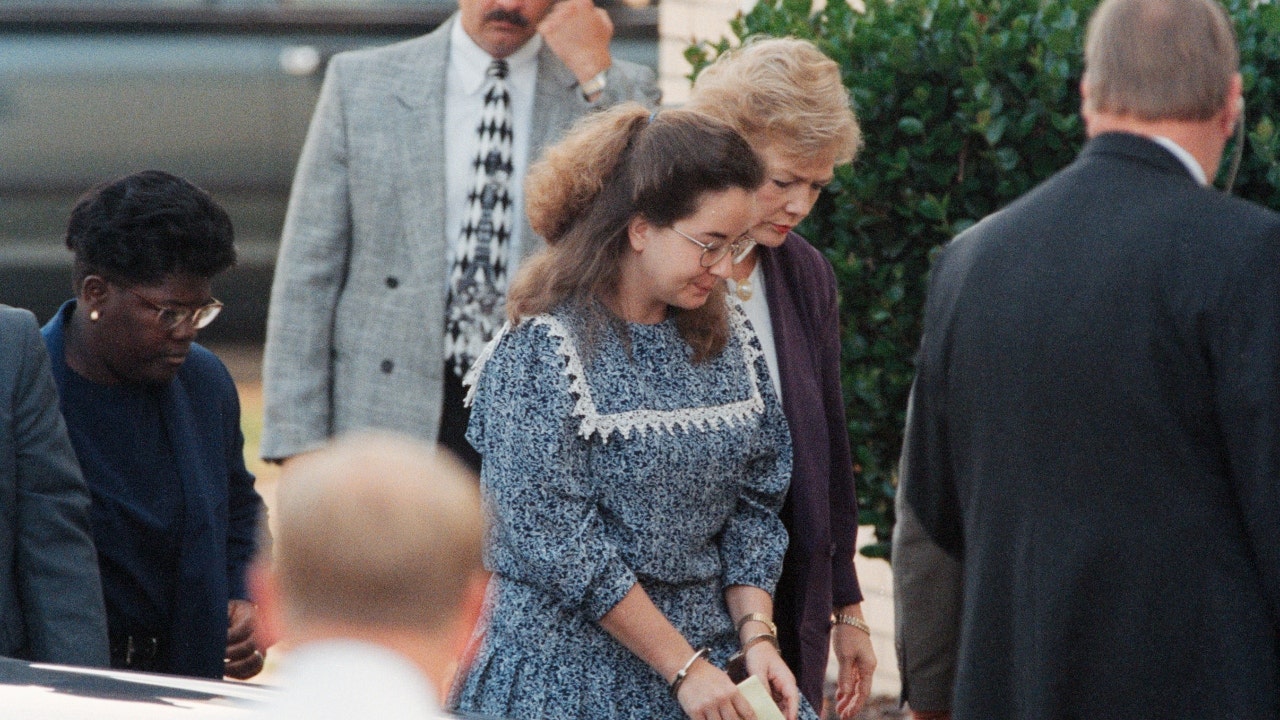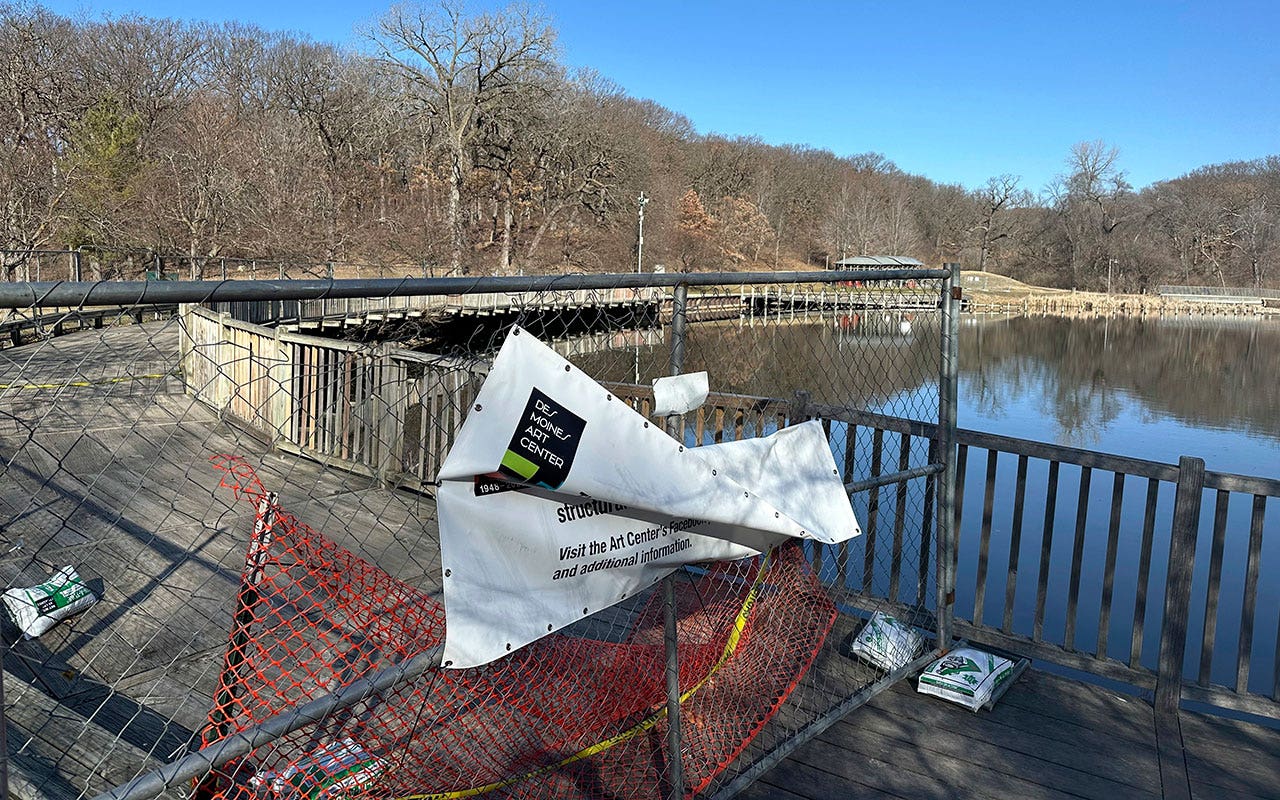The California Supreme Court cleared the way on Thursday for a long-delayed project to build housing for university students and homeless people at the historic People’s Park in Berkeley, ruling that a new state law pre-empted claims that the new housing units would generate noise pollution in an already dense neighborhood.
The ruling caps years of protests over the fate of a landmark of the 1960s counterculture movement, and allows the University of California, Berkeley, which owns the land, to add some 1,100 units of much-needed student housing.
The $312 million project, which was originally scheduled to break ground in 2022, has been besieged with litigation and protests almost since the university proposed it. Some Berkeley residents and activists pushed aggressively to preserve the entire site as a park, and two groups sued, arguing that the project would violate state environmental regulations by inviting student parties and other noise.
In February 2023, a state appeals court in San Francisco sided with the opponents, who said that the university had failed to conduct the required environmental reviews and had not appropriately considered other possible locations. In response, state lawmakers passed a new law, signed in September by Gov. Gavin Newsom, that eliminated “social noise” pollution from the list of environmental impacts to be considered for residential projects like the one planned for the People’s Park site.
The new law set off yet another round of demonstrations, as the university appealed the case to the California Supreme Court.
In an extraordinary midnight police sweep, demonstrators and homeless people who had occupied the site were forcibly removed in January, and the site was walled off with stacked shipping containers to keep opponents out.
Along with student housing, the project plans call for building 125 housing units for people who are homeless, and reserving half of the property for open space.






